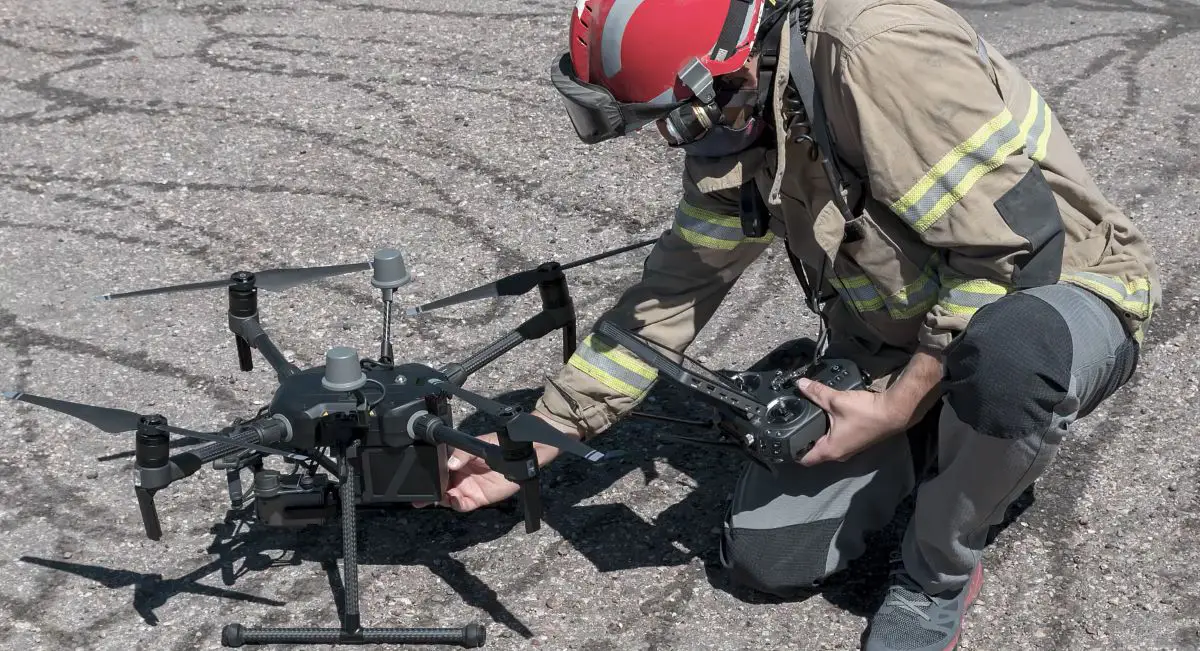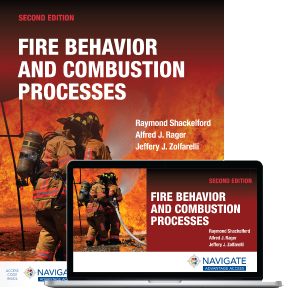Modern Technology Has Created New Firefighting Challenges: How to Teach the Next Generation of Firefighters

A city fire department receives an incoming call for a car on fire on the side of the highway. No problem, the department has responded to these calls before. They get to the scene, and they realize quickly the car is a Tesla, and the fire is coming from the battery compartment.
What do they do?
This is exactly the type of scenario authors and long-time fire service professionals Alfred J. Rager and Jeffery Zolfarelli outline in a discussion on how new technology is changing the way fires need to be handled.
Watch their video interview here:
Lithium-ion batteries are highly reactive, and first responders must use extreme caution when an incident involves a lithium-ion battery. It typically takes many hours on scene and tens of thousands of gallons of water extinguish a fire and there is a high risk of reignition.
Zolfarelli, an expert on fighting fires of new tech materials, launches into a technical explanation as to why lithium-ion battery fires are so dangerous and difficult to fight—“The common way we fight these fires are with a dry chemical or large foam with Co2 added,”— but ultimately comes around to the idea that instructors need to change how they teach firefighting in the classroom.
The second edition of Fire Behavior and Combustion Processes, originally developed and written by Raymond Shackelford, is perfect for instructors trying to convey complex chemistry to novice firefighting students.
“This book is designed for the basic firefighter recruit who’s coming in and has absolutely no idea about firefighting,” Zolfarelli says. “They can get themselves on the ground, get their feet wet and have a good understanding of fire chemistry and behavior.”
Additionally, the tools fire departments use to fight fires are changing quickly as well, says Rager.
“In the book we talk about drones,” he says. “Whatever you can think of you can use it for. Do you need a drone that’s the size of a small Cessna? Are you in earthquake country, and your comms are down and you need a temporary antenna?”
The book goes into some detail on this new technology, but these advances are key to fighting fires for one critical reason: “Drones don’t have limitations, and if you lose a drone, it’s not that expensive compared to losing a human life,” Rager says.
The book is full of detail, experiential issues, and key updates which follow the beloved Shackelford format.
“We’ve modernized it to what we’re dealing with in the 21st century,” Zolfarelli says.
Fire Behavior and Combustion Processes, Second Edition
Fire Behavior and Combustion Processes, Second Edition provides a straightforward, comprehensive resource for students in fire science degree programs, an up-to-date refresher for active firefighters, and an engaging experience for all learners.
Request Your Digital Review CopyRelated Content:
